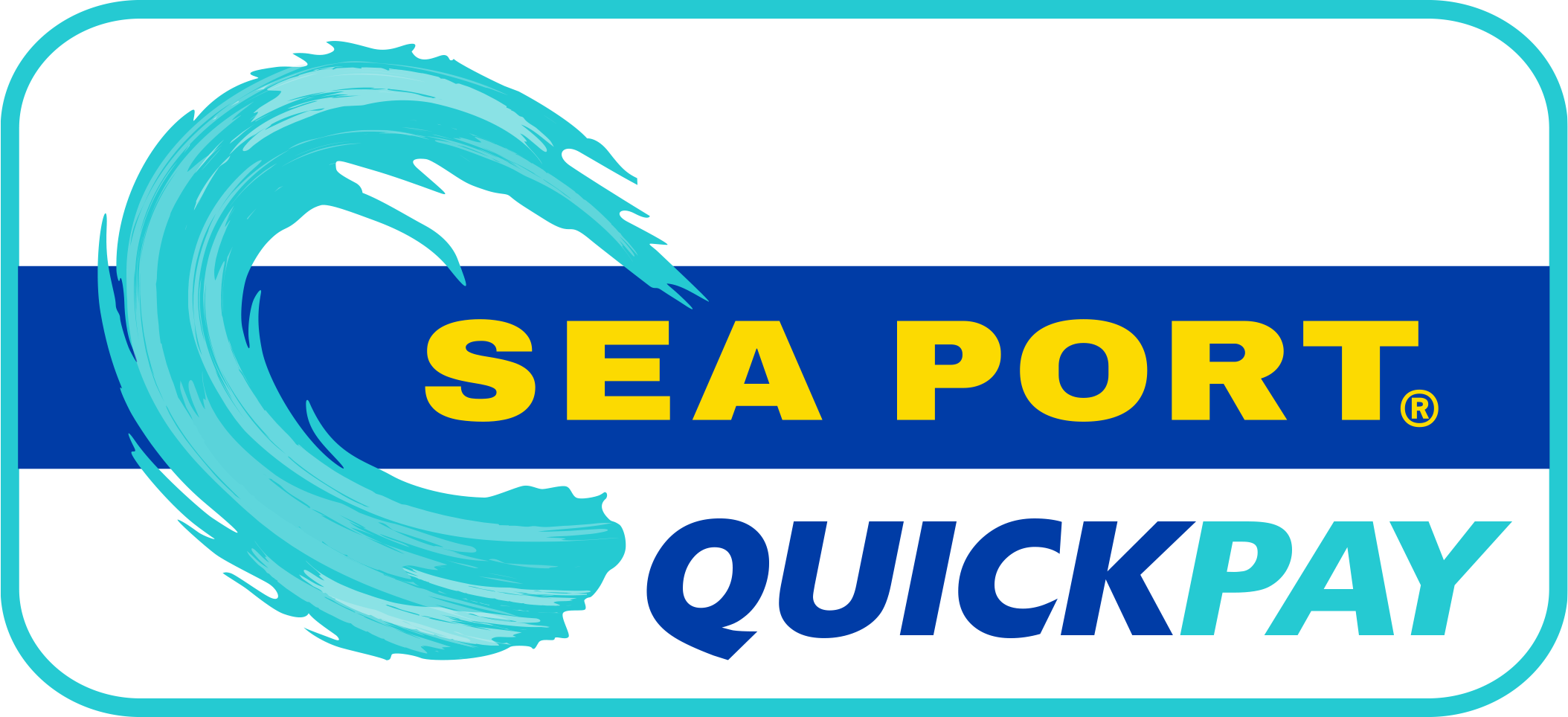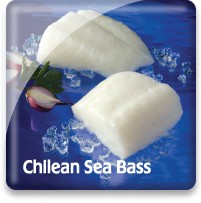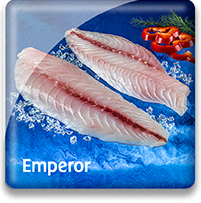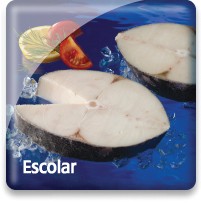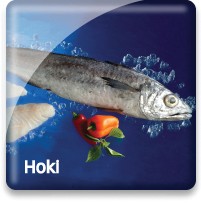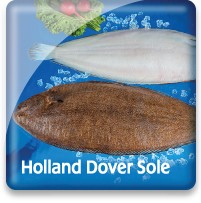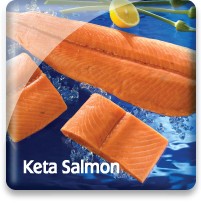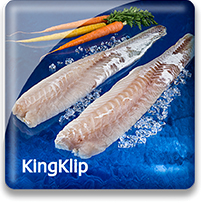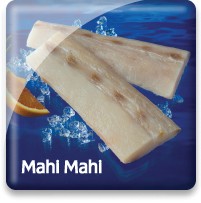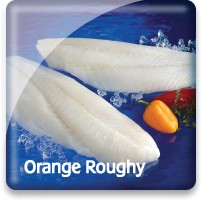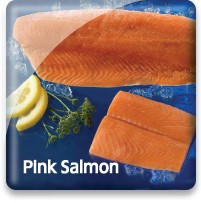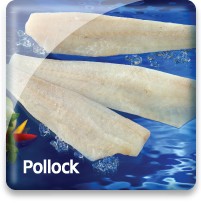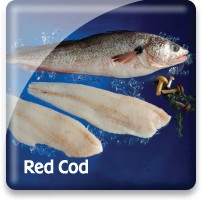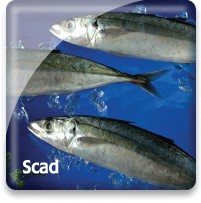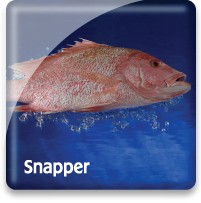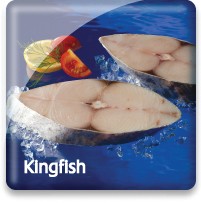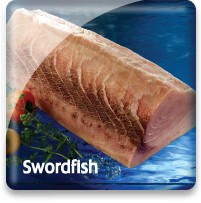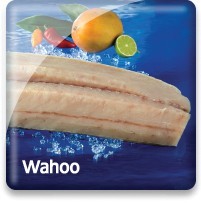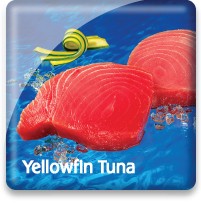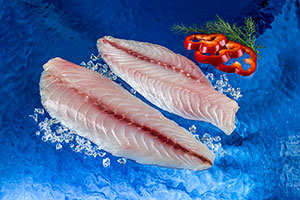
Emperor

Market Name: Eating QualitiesEmperor adapts well to any style of cooking method and has a mild unique taste.
Emperor can grow to over 18 pounds. Emperor have specialize teeth to eat hard bivalves such as clam. Emperor can have distinctly pleasing meat due to their diet of crab, shrimp, and clams.
|
Description & CharacteristicsSea Port’s Emperor fish consist of several species in the Lethrinidae family of reef fish that inhabit the tropical nearshore ocean waters of the Pacific and Indian Oceans. They look similar to snapper, live up to 28 years, can reach over three feet long and weight up to eighteen pounds. Their lifecycle occurs near coral reefs and nearby gravelly, rocky, and sandy areas. Emperor fish feed on clams, shrimp, lobsters, crabs, and other small invertebrates and because of this, their fillet meat is extremely flavorful and considered a true tropical seafood delicacy. All of the roughly 19 species of Emperor are marketed as simply “Emperor”.
The Emperor fisheries in the Indo-Pacific region are primarily made up of many small artisanal fishers. The Emperor is highly sought because of the higher prices it can demand in both the domestic and international markets. Emperor are fished year round and are currently only regulated by the occurrence of rough weather that keeps the artisanal fishers off the ocean. Sea Port markets primarily the frozen fillets of these great tasting fish.
Other Resources |
Handling Instructions for Emperor
Emperor fillets should be stored at or below 0°F (-18°C) and then thawed properly when ready to cook. Frozen shelf life is 18 months. Links to proper seafood handling instructions: NOAA - Fish Watch: Handling Seafood and A Consumer Guide to Safe Seafood Handling.
Thawing Emperor
Thawing is accomplished by placing the product in a sealed plastic container or bag and placing in the refrigerator (33 to 39°F) for 12-24 hours. This is our recommended thawing method for fillets. Fillets that are not consumed promptly after thawing need to be refrigerated between 33 and 39°F and totally consumed in 2-3 days.
Important Instructions for Emperor
Consuming the fillets immediately after proper thawing yields the best quality.
The Federal Food, Drug and Cosmetic Act now requires that all foods that are not raw agricultural commodities and that contain a major food allergen be labeled to clearly identify the name of the food source form which the allergen is derived. (21 CFR U.S.C. 343(w)(1)). The act defines eight foods, and any ingredients derived from these foods as major food allergens: Fish, Crustacean Shellfish, Milk, Eggs, Tree Nuts, Peanuts, Wheat & Soybeans. The name of the food source that must be listed on the label for fish or crustacean shellfish must be the specific type of fish or crustacean shellfish. The market names of species of fish and crustacean shellfish should be used to identify the food source of these two major food allergens. If you intend to re-pack these seafood products, be sure the allergen is declared in either one of two ways:
1) Within the list of ingredients
or
2) In a separate “Contains” statement immediately after or adjacent to the list of ingredients.
Consult the Fish and Fishery Products Hazards and Controls Guidance, Fourth Edition, Chapter 19 for more detailed information on the labeling of food allergens.
Cooking Tips
Barramundi fillets can be prepared using a wide variety of cooking techniques. Links to cooking tips and recipes.
Indonesia
The country we refer to as Indonesia is actually an Archipelago of some 17,508 islands and a coastline that encompasses more than 50,000 miles. Within the waters of the Indonesian archipelago, the government has established an “archipelagic country,” retaining exclusive control over these waters. Because of Indonesia’s access to the marine environment, it has vast potential for the development of aquaculture, particularly brackish water shrimp culture. In fact, in an attempt to prevent over-exploitation of the wild fishery resource, the government of Indonesia has established a formal policy to encourage aquaculture development. Mariculture products include various finfish, shellfish, seaweeds, species such as sea cucumber, grouper and seaweed.
Tuna is also an important export product of Indonesia.
| . |
Go Blue! Seafood Sustainability Spectrum
*Click here for an explanation of our Sustainability Spectrum Sustainability AssessmentSea Port sources its Emperor primarily from Indonesian waters. These fisheries take place in inshore areas by primarily small artisanal fishers and are comprised of several species of the Lethrinus genus. In general, all Emperor species are highly fecund, serial spawners, meaning they spawn multiple times during the spawning season and can therefore be somewhat resilient to fishing pressures if immature fish are avoided in the catches. Emperor are landed as part of the reef fish and demersal (bottom dwelling) fisheries in Indonesia which harvest a variety of species including wrasses, grouper, snappers, and tilefish. The amount of fish landed is generally not broken out by species nor have official catch limits been set for individual species. The lack of resources prevents proper managing, monitoring, control and surveillance of fishing activities in this vast island nation. There are no current stock assessments for the Emperor complexes that are sourced by Sea Port. This fishery is primarily hand line or hook-and-line resulting in little protected, endangered, or threatened species bycatch. Currently there is great concern that the various Emperor species along with other reef fishes such as snapper and grouper are becoming overfished due to the tremendous demand from the exploding growth of upper and middle class Chinese.
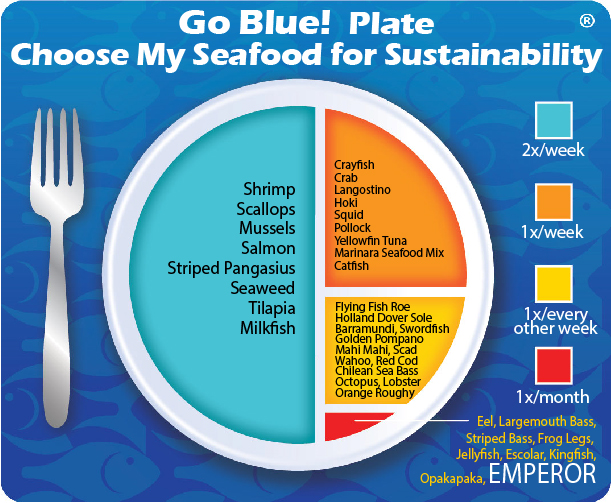
Environmental Impact: HighThe lack of Indonesian government resources to implement proper management and enforcement for their reef fisheries is unfortunate. There is also a lack of scientific information on the current stock status for Emperor populations throughout the 34,000 miles of coastline of the over 17,000 islands that make up Indonesia.
Sustainability Improvements NeededComprehensive reef fish management plans for Indonesia are a must, as well as plans for proper oversight of harvesting, enforcement of fishery regulations, and monitoring and assessing levels of protected, endangered, and threatened species bycatch and catch of undersized (immature) Emperor and other reef fish. Improved collection of landings data is needed. Currently, bad weather conditions limits fishing efforts for the majority of fishers which are small artisanal in nature.
Actions that Sea Port is UndertakingIndonesia is comprised of over 17,000 islands stretching over nearly 4000 miles between the Pacific and Indian Oceans and Sea Port is currently working with suppliers to start the process of collecting vessel identification, catch methodology, and catch area information in this vast island nation. This is the appropriate first step to take to attempt to gather vital data to feed the needed emergence of fishery management. Sea Port will update concerning positive sustainability improvements for this Emperor fishery as they occur. Sea Port believes that, in aggregate, choosing from a diverse variety of seafood is better for sustaining the world’s seafood resources and Emperor should be a part of this variety. We created the sustainability assessments for each of our seafood items in order to reveal the existing and potential environmental impacts and risks that are associated with producing them for human consumption. This allowed us to establish the starting position for each of our seafood items along our progressive Go Blue! Seafood Sustainability Spectrum®. These assessments are only a single snapshot in time and because of this, we will continue to assess and update the critical sustainability needs associated with our supply sources and issue updates to the Go Blue! Seafood Sustainability Spectrum® as needed. There is a growing global awareness for the need to assure the sustainability of farmed and wild caught seafood and because of this; all around the world positive changes are rapidly occurring at all levels of the seafood supply chain. We will continue to spread this growing awareness and work with our many industry partners to improve the sustainability of all seafood, which we believe is the ideal protein of choice to feed an ever growing world population. Our Go Blue! Seafood Sustainability Spectrum® serves as our compass and yardstick as we strive to move all our products forward to becoming more sustainable. Please join us in this committed quest and Catch Our Wave® to sustainability by choosing a diverse variety of responsibly produced seafood as part of your diet.
|

